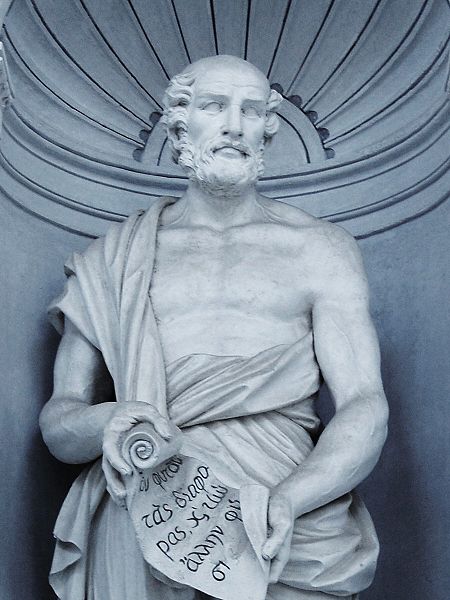Leonhart Fuchs, sometimes spelled Leonhard Fuchs and cited in Latin as Leonhartus Fuchsius, was a German physician and botanist. His chief notability is as the author of a large book about plants and their uses as medicines, a herbal, which was first published in 1542 in Latin. It has about 500 accurate and detailed drawings of plants, which were printed from woodcuts. The drawings are the book's most notable advance on its predecessors. Although drawings had been used in other herbal books, Fuchs' book proved and emphasized high-quality drawings as the most telling way to specify what a plant name stands for.
Portrait by Heinrich Füllmaurer [de], Tübingen, 1541
Fuchs Geburthaus, Wemding
Main building of Erfurt University in 16th C
Old medical school at Ingolstadt
A herbal is a book containing the names and descriptions of plants, usually with information on their medicinal, tonic, culinary, toxic, hallucinatory, aromatic, or magical powers, and the legends associated with them. A herbal may also classify the plants it describes, may give recipes for herbal extracts, tinctures, or potions, and sometimes include mineral and animal medicaments in addition to those obtained from plants. Herbals were often illustrated to assist plant identification.
Dioscorides' De Materia Medica, Byzantium, 15th-century manuscript, by which time the text had been in circulation for about 1500 years
Statue of Theophrastus c. 371 – c. 287 BCE, Orto botanico di Palermo
A page from the Ebers Papyrus, the most complete and extensive of surviving ancient herbals
Arabic Book of Simple Drugs (c. 1334) from Dioscorides’ De Materia Medica. British Museum

![Portrait by Heinrich Füllmaurer [de], Tübingen, 1541](https://upload.wikimedia.org/wikipedia/commons/thumb/4/40/Renaissance_C14_F%C3%BCllmaurer_Leonhart_Fuchs.jpg/398px-Renaissance_C14_F%C3%BCllmaurer_Leonhart_Fuchs.jpg)






